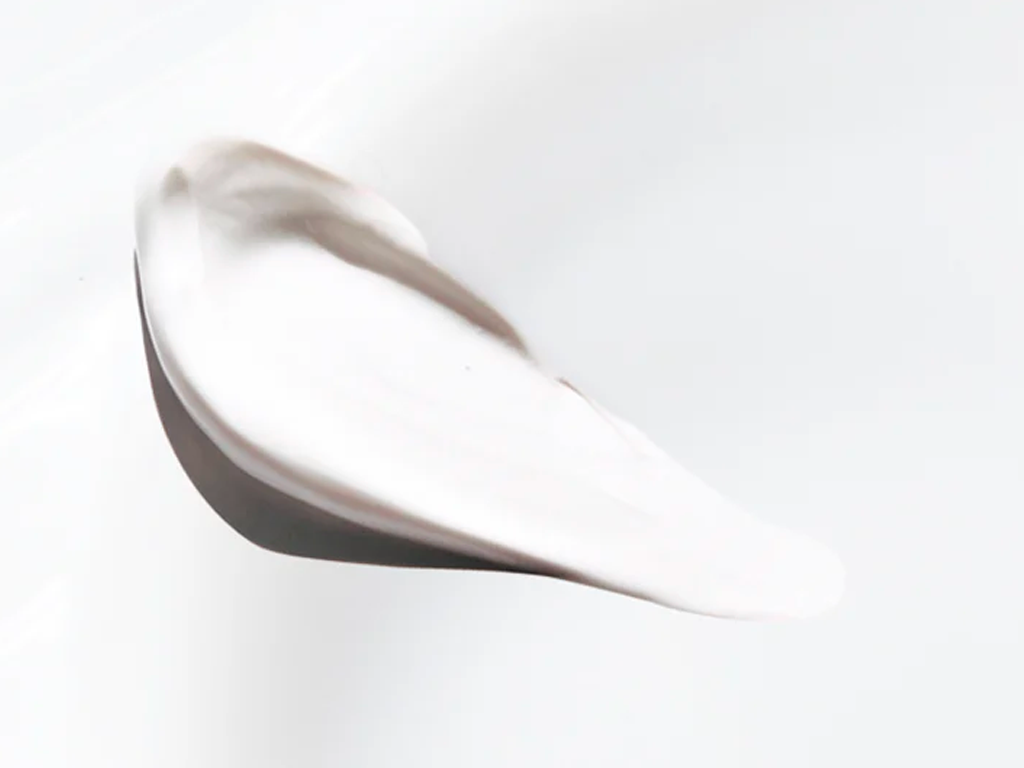COSMECEUTICS

WHAT IS COSMECEUTICAL
The term "cosmeceuticals" was coined in 1980 by the American dermatologist Albert Kligman and indicates a series of products that constitute the evolution of common dermocosmetics: they are selected for real effectiveness, contain highly concentrated active ingredients and represent the cutting edge of cosmetology with their intrinsic characteristic of prevention and treatment.
Pure and concentrated , cosmeceuticals use precious components that are actually linked to the concept of real effectiveness of the product and not to the emotional one. A cosmeceutical is therefore defined as that substance which, although presented in a pharmaceutical-cosmetic form (serum, cream, lotion, emulsion) and used on the skin as a cosmetic, presents an action similar to that of the drug.

INCI AND QUALITY
Transparency in the formulation is of fundamental importance; in fact, an attentive consumer must learn to distinguish a good product from the ingredients it contains.
Consulting the label is the first step to get information: password "lNCI".WHAT IS THE INCI?
The INCI wording stands for "International Nomenclature for Cosmetic Ingredients", which is the international name used to indicate the different ingredients contained in cosmetics.

EVIDENCE BASED FORMULA
A method based on the evaluation of concrete and tangible results, based on evidence of effectiveness.
Scientific evidence becomes the best strategy in selecting active ingredients for cutting-edge formulas, designed for deep delivery into the skin and a real anti-aging action.
A COSMECEUTICAL MUST NOT CONTAIN
— SILICONES
Silicones are used in cosmetics to make textures pleasant and to create an effect of softness and silkiness which however appears to be artificial. In reality, silicones hinder skin perspiration, increase skin dehydration, favoring irritation and premature aging in the long term. The abuse of silicones in cosmetic products often masks formulations that are not very effective on the anti-aging front.
— PARABENS
It has recently been demonstrated for the most widely used preservatives in cosmetics, namely parabens, a very dangerous interference at the endocrine level as well as a higher incidence of allergic and irritative reactions.
— DYES
Colorants can be identified in the INCI of a cosmetic as they are expressed by the letter "C" followed by a numerical series. With the sole function of coloring the product they are not only completely useless, but also often involved in unwanted reactions on the skin.
— PETROLATES
Scientific studies indicate petrolatums as potentially toxic substances on the skin if used for prolonged periods.
Furthermore, considering their total uselessness on skin cells, advanced cosmetology today makes use of plant-derived raw materials that put the old petrolatum in the attic.
Lastly, there is no shortage of investigations into the carcinogenic potential of these derivatives.— SYNTHETIC PERFUMES
The choice not to use perfumes in cosmeceuticals is motivated by the high incidence that they cause in terms of allergic sensitization.
In fact, they are often involved in the onset of contact dermatitis and are able to generate, through a photosensitization process, skin spots in areas exposed to sunlight.How to recognize products containing perfumes? In the INCI, perfumes are indicated by the words "parfum" and "fragrance".








